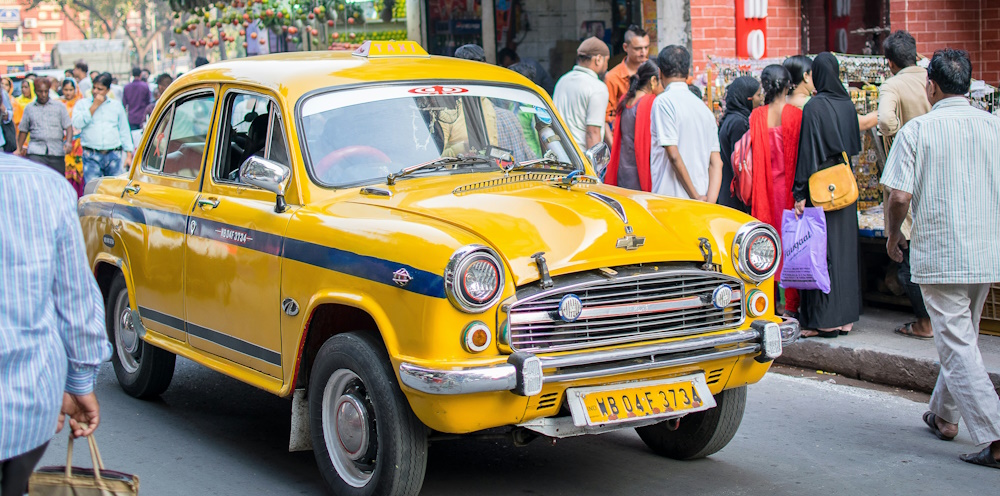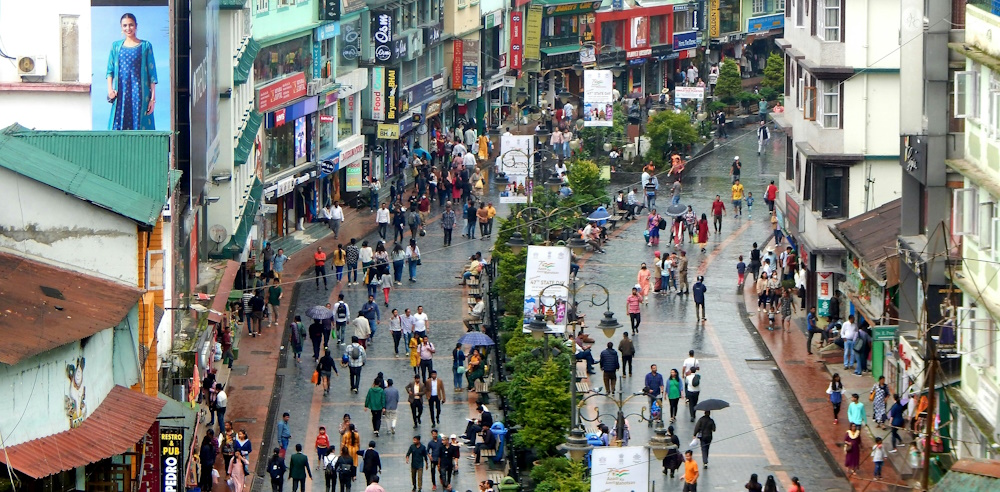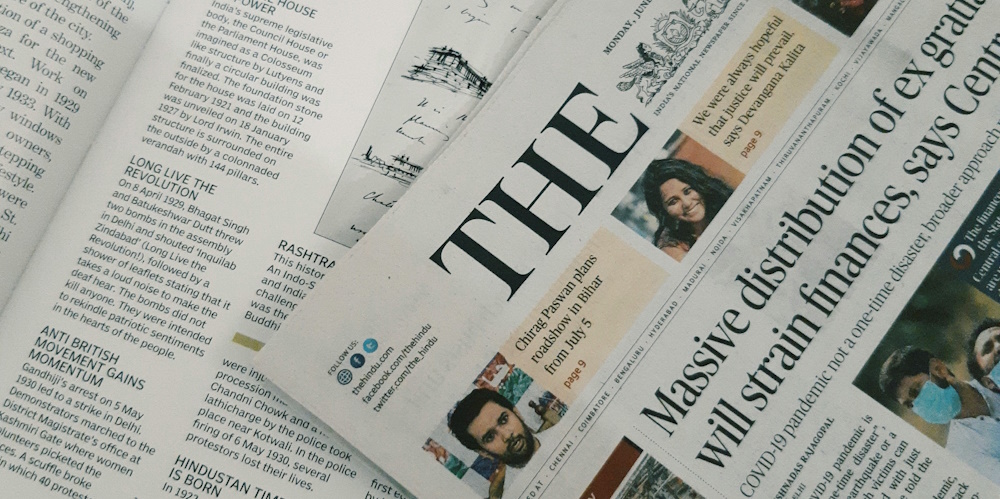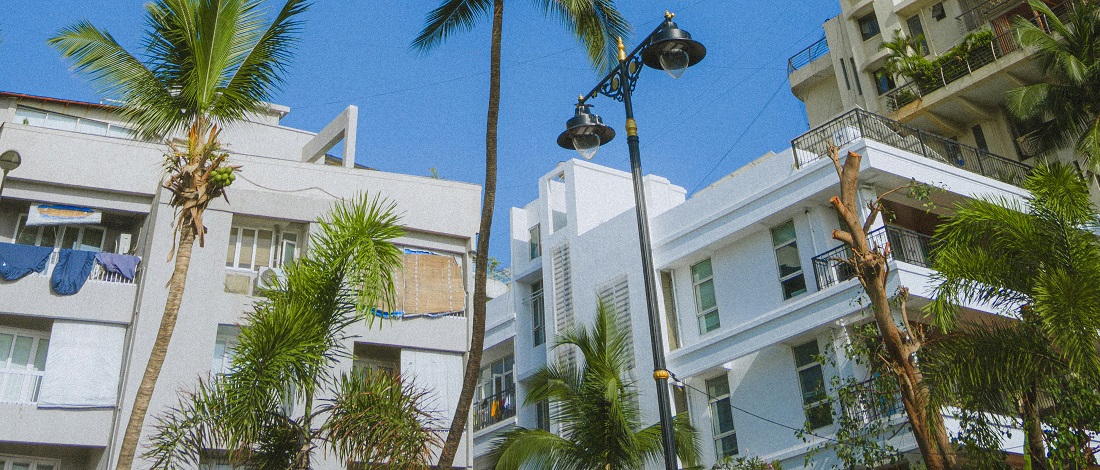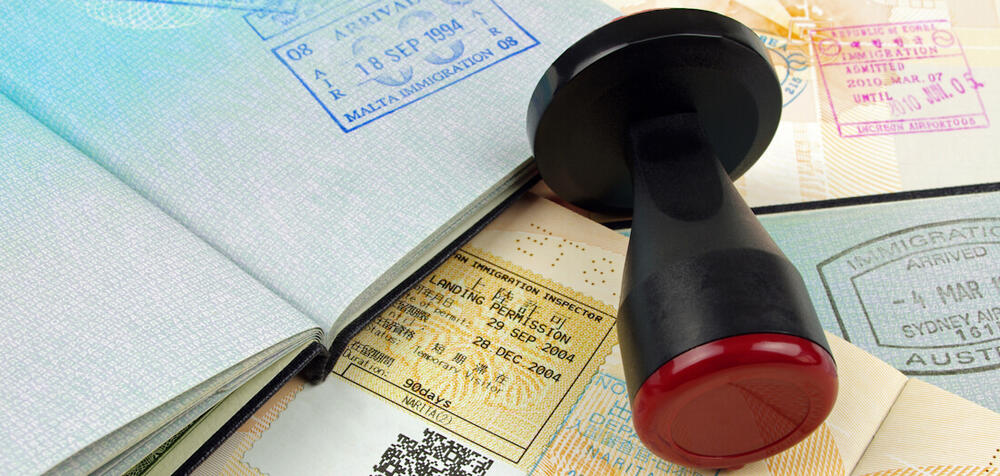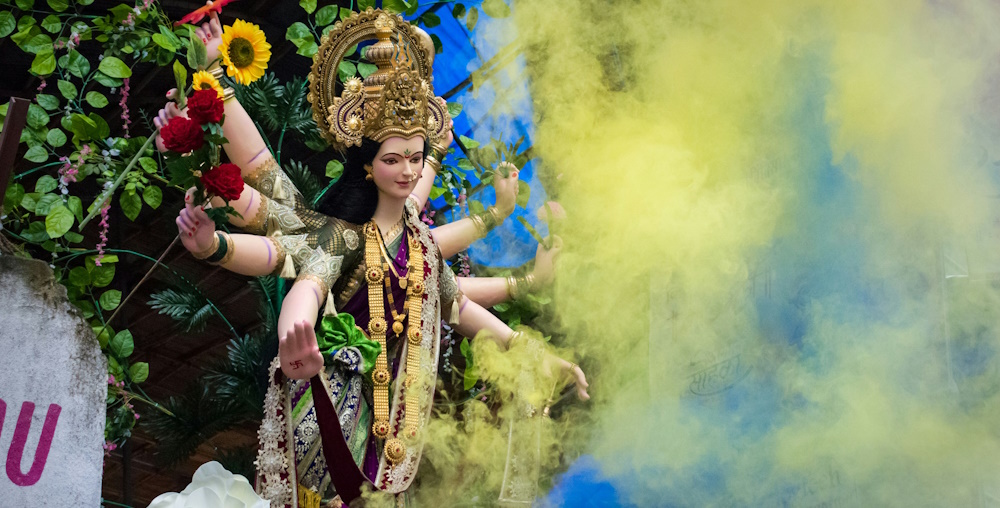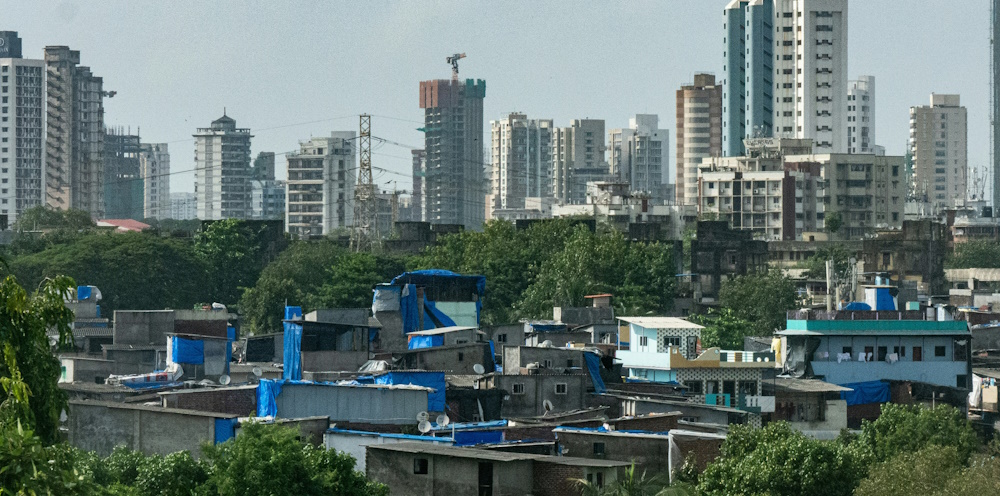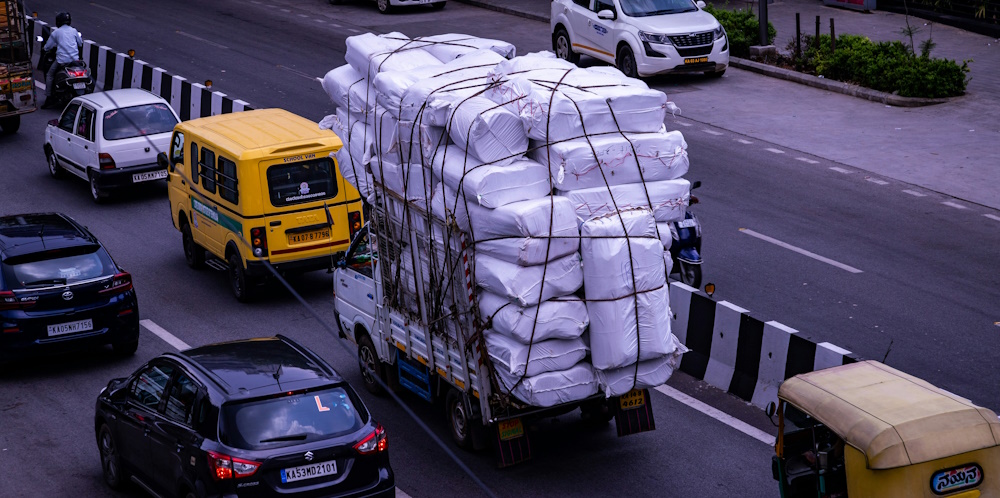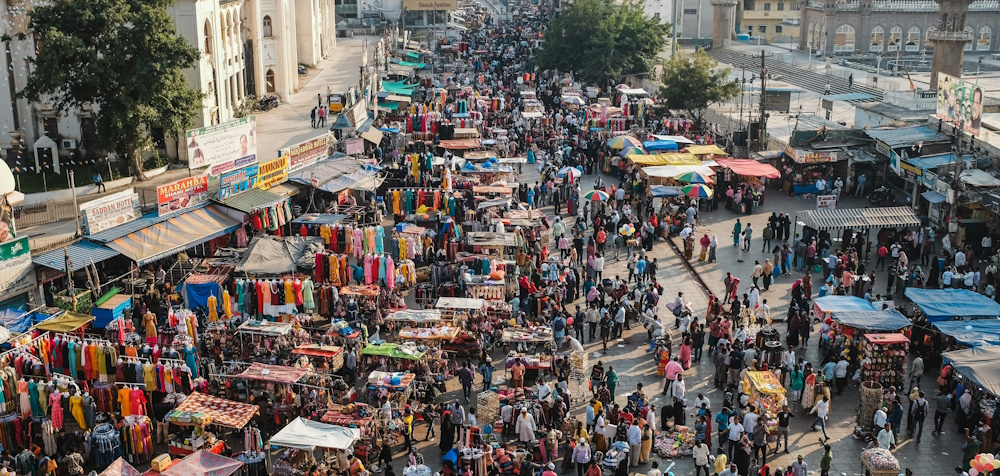Modern India is a hugely diverse country – a subcontinent home to over 100 languages and every major religion in the world. Exploring India's rich cultural tapestry and modern advancements is a unique experience. From bustling cities to serene rural landscapes, India is a land of contrasts and continuous change. As you navigate through its myriad experiences, understanding the nuances of accessibility, inclusivity, and safety becomes crucial.
Whether you are concerned about accessibility in urban areas, seeking information on LGBTQ+ rights, or interested in the strides India is making towards gender equality and mental health awareness, this comprehensive overview has got you covered. Stay informed and make the most of your time in this incredible country.
Accessibility in India
India has some of the world’s largest cities and most remote regions with almost no people. Accessibility varies massively, with substantial improvements being made in many urban centres. Much of the country is more accessible than you might imagine.
Accessibility at New Delhi, Mumbai, and Chennai airports is good, and significant improvements have been made, particularly in developing new terminals with ramps, tactile paths, and dedicated assistance services for passengers with disabilities. Upgrades to existing facilities, such as improved signage, accessible restrooms, and designated waiting areas, have also been implemented. Most airlines and ground handling agents require at least 48 hours to be able to assist with accessibility related requests. Overall, things are noticeably improving at all transport hubs in terms of mobility.
Hailing an accessible taxi on the street is difficult, but airport transfers and getting around most cities are easy using one of the many ride-hailing apps, including Ola Cabs and Uber, which feature accessible cars and minibuses. The availability of accessible taxis remains limited, with approximately 5 percent of the taxi fleets in Delhi, Mumbai, and Chennai being accessible. Cars caught from taxi ranks have regulated, metered fares, so prices are predictable and transparent. Several operators offer female-only services: driven by women for women.
Buses run by state and private operators are everywhere, but demand at peak times substantially outstrips supply, so it’s rarely a convenient, accessible option. Almost all bus stations have been upgraded to suit wheelchair users, with many now equipped with ramps and lifts. However, only 6 percent of buses are ‘fully accessible’, and 29 percent are ‘partially accessible’. Enhanced signage and real-time information displays are being installed to assist passengers with disabilities.
Rail services in India are constantly expanding, and currently, 17 cities have metro or rapid transit rail systems, mostly overground services, with more under construction. Rail services vary, but are comparable to most countries. The Delhi Metro, for instance, continues to enhance its accessibility features, including more lifts and escalators, tactile pathways, wheelchair-accessible gates, dedicated elevators, and trained staff members available at major stations to assist passengers with disabilities. New metro lines, such as the Bengaluru Metro expansion and Mumbai Metro Line 5, are being designed with accessibility features like elevators and tactile guidance systems for visually impaired passengers.
Most of the car hire business in India is aimed at tourists who hire a car and driver. For international visitors seeking self-drive options, choose companies with accessible vehicles and book in advance to ensure a smooth travel experience. The car hire industry has seen developments to improve accessibility, including partnerships with NGOs to provide specialised vehicles for travellers with disabilities and new online platforms focusing exclusively on accessible vehicle rentals.
Useful resources
LGBTQ+ in India
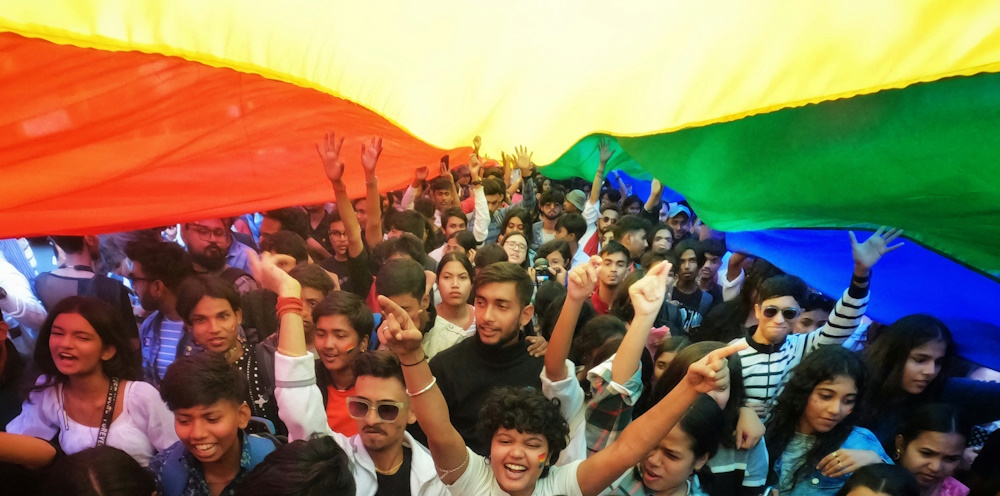
Lesbian, gay, bisexual, and transgender rights in India have rapidly evolved in recent years. Colonial-era laws that directly discriminated against homosexual and transgender identities have been repealed, and India’s constitution prohibits discrimination based on sexual orientation and gender identity. However, you may still experience social and legal difficulties.
Same-sex relationships are legal in India following the landmark Supreme Court ruling in 2018 that decriminalised homosexuality. However, same-sex marriage remains unrecognised at the national level. The Supreme Court has recently declined to legalise same-sex marriage, stating that such matters should be addressed by Parliament rather than the judiciary, so the battle continues.
Indians are becoming more accepting of same-sex relationships. According to a 2024 Ipsos survey, around 66 percent of urban Indians believe same-sex couples should have the same rights to adopt children as heterosexual couples, and 44 percent support legal recognition of same-sex marriages. Despite this growing acceptance, societal attitudes still vary widely, with many individuals facing discrimination and stigma in their daily lives.
Several initiatives and organisations are actively working to support LGBTQ+ rights in India. Advocacy groups such as the Naz Foundation and Orinam continue to push for legal recognition, social acceptance and mental health support for the LGBTQ+ community. The Supreme Court has suggested the establishment of a government panel to consider granting rights and benefits to same-sex couples, indicating a potential shift towards legal recognition, albeit indirectly.
Useful resources
Gender equality in India
Although India’s constitution guarantees the right to equality and freedom from sexual discrimination, the government maintains some reservations about interfering in the personal affairs of any community without its initiative and consent.
Most Indians support gender equality, but historical gender norms still hold sway for many people – both men and women. These norms are partly rooted in tradition, where men were the principal breadwinners in the household and sons were given a higher value than daughters.
Gender equality in India remains a critical issue. Women earn approximately 65 percent of what men earn for similar work. Women account for about 14 percent of the Lok Sabha (the lower house of Parliament), highlighting underrepresentation in political spaces. That said, surveys indicate that 60 percent of urban Indians believe in equal rights for women in the workplace, and 40 percent support initiatives promoting women’s leadership roles in various sectors.
Recently, the Indian government has introduced several policies promoting gender equality. These include the Beti Bachao Beti Padhao campaign to promote the education and empowerment of girls, and the Women’s Reservation Bill, proposed legislation to reserve a certain percentage of seats for women in legislative bodies, which is currently under discussion.
Be cautious about travelling alone, especially at night, and dress modestly to avoid unwanted attention. Although studies of attitudes among female expats generally indicate that they feel safe in India’s modern cities, gender-based crime is widely reported.
Useful resources
Women in leadership in India
Women have played a pivotal role in the growth and development of India, from running the household to running the country. According to public policy consulting firm, The Quantum Hub, women’s representation in leadership roles across various sectors in India shows both progress and stagnation. Women comprise 27 percent of the total workforce, an increase from 24 percent in 2016. However, the percentage of women in senior leadership positions has slightly declined to 18 percent, down from 19 percent in 2023.
The data reveals a significant drop in female representation as women progress from entry-level positions (29 percent) to managerial roles (19 percent) and further down to C-suite positions (15 percent). Sector-specific representation varies, with education at 30 percent, government administration at 29 percent, healthcare at 23 percent, technology and financial services at 19 percent, and construction, oil, gas, and mining at 11 percent.
In 2023, India passed a landmark gender quota law that mandates one-third of seats in the Lok Sabha (the lower house of Parliament) and state legislative assemblies be reserved for women. This legislation aims to enhance women’s political representation, which currently stands at 14 percent in the Lok Sabha. In the corporate sector, various regulations have required certain companies to include at least one woman on their boards. That said, the implementation has been slow, with only 20 percent of India's Fortune 500 meeting this requirement.
Useful resources
Mental health awareness in India
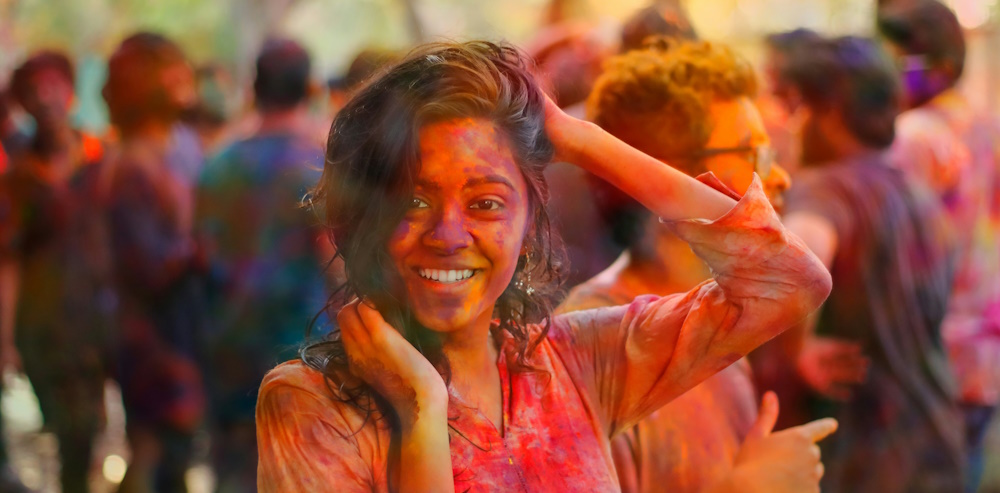
Mental health awareness campaigns in India have produced positive outcomes, targeting awareness and addressing the stigma around mental illness – but resources and professional practitioners are limited. Many don’t seek support due to limited finances, but in major cities, excellent quality support, including counselling, is available to those who can afford it. More well-being work is now being delivered nationally, internationally and online, which has widened access to services significantly.
Notable campaigns include #NotAshamed by The Live Love Laugh Foundation, which encourages open conversations about mental health through personal narratives, and Investing in Hope, featuring discussions with mental health experts. Access to mental health services has improved, with increased facilities and telehealth services in urban areas. In rural areas, initiatives aimed at training local health workers to provide basic mental health support are being implemented, although challenges remain in reaching remote populations.
Expats can be at risk of mental health issues such as depression and anxiety, exacerbated by the stress and loneliness of moving away from home. Most international companies are now more aware of the impact of mental health issues, and many have adjusted their policies to provide better support. These support measures include ensuring that mental illness is well covered by the company’s chosen employee healthcare schemes, promoting knowledge, and decreasing stigma by holding in-house workshops. Many companies are introducing Employee Assistance Programmes (EAPs) and offering additional paid leave specifically for mental health, encouraging employees to prioritise their well-being.
Useful resources
Unconscious bias training in India
Unconscious bias is an implicit set of often stereotyped ideas you carry about certain groups of people different from yourself. These ideas are not purposefully adopted but rather develop subtly over time, and you'll tend to hold unconscious biases about groups you never or rarely come into contact with. As a result, the images you might hold of such groups tend to be inaccurate and based on assumptions.
Unconscious bias can profoundly affect both personal and work conditions. In the workplace, unchecked bias undermines vital aspects of the company, negatively impacting employee performance, retention, and recruitment. In a bid to create a better work environment, many companies are beginning to institute unconscious bias training to promote tolerance and understanding.
Unconscious bias training (UBT) has become increasingly prevalent among Indian companies. Key trends include integrating UBT into onboarding processes, making training mandatory in sectors with a history of bias-related issues, focusing on intersectionality, and leveraging technology for flexible learning options. These efforts aim to raise awareness and promote behavioural change, though the long-term impact requires continuous reinforcement.
Diversification of the workforce in India
India’s workforce is as diverse as its population, comprising people from different cultural, linguistic, and socioeconomic backgrounds. Workforce diversification in India is gaining traction, and companies are recognising the business benefits of a diverse workforce, including improved innovation and decision-making.
Many organisations are actively working to close the gender gap and promote cultural and linguistic inclusion. Efforts include cultural sensitivity training, language training, and addressing socioeconomic factors that could influence team dynamics and performance.
Increased awareness of these factors is helping to create more inclusive workplaces where diverse perspectives are valued and leveraged for better outcomes.
Safety in India
India is a relatively safe country for international workers, but petty crime and assault are persistent problems. Daily life experiences may include aggressive begging, pickpocketing and small-scale scams such as overcharging. Recent statistics indicate that petty crime rates, including theft and harassment, have slightly increased in urban areas, impacting international workers and travellers.
Petty crimes have risen by approximately 12 percent in major cities like Delhi and Mumbai, with many incidents targeting expats due to their perceived vulnerability. Assault cases, including verbal harassment, have also increased, prompting concerns among international workers about their safety.
Several new measures and initiatives have been implemented in response to rising safety concerns. Authorities have increased police patrols in areas with high concentrations of international workers and tourists. Safety awareness campaigns are being launched to educate expatriates about safety practices, and new helplines have been established for international workers to report incidents and seek assistance.
Calendar initiatives in India
4 January – World Braille Day
4 February – World Cancer Day
8 March – International Women’s Day
7 April – World Health Day
1 May – International Labour Day
18 May – Global Accessibility Awareness Day
8 September – World Literacy Day
10 September – World Suicide Prevention Day
10 October –World Mental Health Day
14 November – World Diabetes Day
18 November – End Child Sex Abuse Day
25 November – International Day for the Elimination of Violence against Women
1 December – World AIDS Day
3 December – International Day of People with Disabilities


